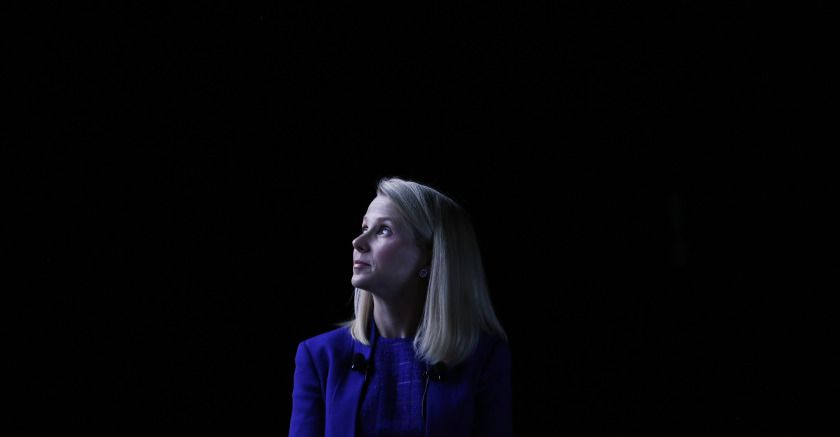The World Bank世界银行
|
The World Bank's full name is the International Bank for Reconstruction and Development. Its function is to provide a mechanism for supplying for long periods of time —— 20 or 30 years —— the foreign exchange needed to rebuild and develop economies. It has been recognized that buying equipment from abroad provides a short cut to development, but that is impossible for a country without substantial exports to obtain the currency needed to buy such equipment. By offering long-term financing, the Bank is expected to accelerate the growth of economies in this category. 世界银行的全称是国际复兴与开发银行。其职能是为重建与开发经济所需的长期外汇——二十年或三十年——提供一种融资机制。人们认识到,从国外购置设备是一条发展的捷径,但是,对于一个缺乏具体出口商品以获得购买此类设备所需外汇的国家来说,这是行不通的。银行通过提供长期融资,可以加快这个地区的经济增长。 The World Bank obtains the money it lends from three sources. When it was founded, members were required to subscribe to its capitalization. Each was assigned a block of stock in proportion to its Gross National Product. 世界银行的贷款资金有三个来源。在创办时,它要求成员国认购股份,提供资本金。每个国家可以按其国民生产总值的一定比例分配到一定份额的股份。 Ten percent of the subscription was to be paid to the Bank in cash, and the remainder was to be paid if the Bank needed it to cover its financial problems. The second source is private lenders. The 90 percent of subscriptions served as a guarantee for the Bank's own borrowing and thus enabled it to compete with the U.S. government, blue-chip private corporations, and other high-quality debtors in borrowing from the public. The money it obtained from borrowing was then lent to needy nations. In this way the Bank pledged the honor and the resources of all its members to repay loans to developing or war-torn countries. If the borrower defaulted, the Bank would first use up the money paid in by its member countries, then call on them to contribute more. A third source of money has since emerged —— the “profits” from interest paid by borrowers from the Bank. By charging interest on money contributed initially by member countries, the Bank has succeeded in roughly doubling these contributions. 10%的股金用现金支付给世界银行,剩余的股金待碰到经济难题需要资金时再行支付。第二个资金来源是私人贷款者。90%的股金作为银行本身借贷的担保,从而使世界银行能够同美国政府,业绩优良的私人公司以及其他向公众筹资、信誉可靠的贷款者进行竞争。世界银行再用筹措来的资金贷给那些贫穷的国家,这样,等于向那些发展中或遭受战争创伤的所有成员国偿还贷款提供了信誉和资源保障。如借款人资不抵债,银行首先用其成员国缴纳的资金全力给予支持,然后要求其成员国再追加认购股金。资金的第三个来源是后来产才产生的“利润” — 即借款人向银行偿付的利息。对使用股金收取利息,银行已成功地将股金增长了近一倍。 By June 1976,the Bank had made over $42.9 billion in loans to 115 countries. Most of the loans the Bank made have been for projects designed to improve the infrastructure, primarily improvements in transportation, communications, and energy. Since the late 1960s, the Bank has expanded its activities to include housing, education, credit to farmers, irrigation, and a variety of other projects with more direct effects on individuals, particularly the very poor. 截止1976年6月,世界银行已向115个国家发放了超过4290亿美元的贷款。决大部分贷款用于那些为改善基础设施而设计的工程项目,主要用于改善交通、通讯以及能源等基础设施。自20世纪60年代后期,该银行已将其经营活动扩大到包括住房、教育、农业贷款、灌溉,以及其他各种各样的项目,对个人、尤其是对穷人产生更加直接的影响 |








